“Anatomía del limite” (Anatomy of the Limit)
Teatro Apolo
Help me connect with everything I’ve buried. I was aware that my body wasn’t managing certain things well, but my mind kept saying, “You can’t stop for this right now,” because someone might get offended, or there’s no time, or who knows—life, right? My body has sent me countless signals. And I have empathy at a thousand levels, but never with myself. Aitana Rousseau Cañadas (Almería, 2000) lays her truth on the table with honesty. And so, to build Anatomy of the Limit, which she premiered last Friday at Teatro Apolo in her native Almería, she had to create from a place of vulnerability.
And while it’s quite trendy these days to talk about mental health (or more precisely, the lack of it), such open and candid conversations are still rare in flamenco or among dancers. That’s why the bravery of this almost twenty-five-year-old artist from Aguadulce is so magnetic and, above all, so deeply human. Finding creativity at the edge isn’t comfortable—though sometimes it’s one of the only ways through—but surrounding herself with a team that doesn’t always need words to communicate was key. She’s joined by Óscar Lago on guitar and original musical composition, José Manuel Posada “Popo” on electric bass, and Kiko Peña on vocals, guitar, and percussion.
Thus, Anatomy of the Limit served as a trigger and launchpad to explore, from that place of fragility, the seams—lines, margins, phases, bends, edges, and possibilities. Because this isn’t just about setting boundaries—whatever we take that to mean—but about discovering what they’re made of; what my body tells me when they’re missing, or what excuses I make to avoid using, seeing, or imagining them. It’s about that, but it’s never just one thing. It’s also about uprootedness, about childhood as a sacred age, and about finding one’s own axis. No small feat.
Structured in five acts, this world premiere began with Leaving the Nest, a musical and dance-driven intro that moves from lyricism to frenzy, with overlapping melodies and rhythms, leaving us breathless in the wake of a relentless steamroller. Dressed in red for Whirlwind, she dances bulerías at a dizzying pace—except for a small oasis of bulerías al golpe, where a multifaceted Kiko Peña stands and Aitana dances to him with evident delight, savoring the contrast between the technical sharpness of her footwork and the curving, flavorful pleasure of a more familiar, popular dance style. It’s between The In-Between and The Limit that she slams her fist on the table. Not by striking anyone, but by pulling to the edge of the stage and, with Popo’s electric bass as a deep drone, stepping aside to let us into her world. There, we read a text by her sister Candela Rousseau:
“Louise Glück says we see the world only once—in childhood. But Louise, they’ve taken my space. They’ve taken my space. There’s not a single corner left where I can look with that childlike gaze, from memory. There’s no memory. Only a sack full of things I don’t know where to put. Only the word ‘keep going,’ keep going at all costs. Rushing from place to place, exhausted, committed, trying not to fall—and still falling. Faster, more fictitious, more hollow. Where do you go when they’ve taken away your horizon? Where?”
It’s three minutes of abrupt stillness, a raw open wound. Three minutes where we hear her uneven, galloping breath. Three minutes in which, standing still, upright, exhausted and sweaty but sovereign and steady, she halts the logical flow of a flamenco performance to pierce the audience with her gaze—a gaze that seems to make them nod in recognition, maybe bow their heads in shame. Maybe feel seen.
The tanguillos that follow in Déjà Vu, performed as a tender, vibrant, and playful duet with Peña, contrast sharply with the previous scene—where Aitana speaks and reveals herself, opening a window to pause and breathe, and invites us to breathe with her. Raise your hand if you haven’t been in her shoes at some point. All of us aching, but brave.
It’s in the superb soleá of The Limit where the dancer from Almería consecrates her proposal on the edge of tears: to reconnect with what she has buried deep inside. Maybe not to do anything with it. Maybe just to know it’s there and make room for it, perhaps even name it. But above all, not to pretend it isn’t there. That, no. Not anymore. Never again.
Beyond laying her emotions bare, she dances to her own guts, showcasing prodigious technical and expressive skills: speed, precision, clarity, originality, cleanliness, and endurance. We get both substance and form.
Sustained by the strength to pause and the possibility of changing her way of life—but especially by a musical composition by Óscar Lago full of rebellious and free-spirited tones, brimming with force and charisma that pushes her to leap into the abyss—Aitana lets her hair down, literally. She pulls out the 550 hairpins from her tightly styled hair and rocks out with her fellow travelers, who won’t leave without her.
She slows things down—and with her, the entire Apolo—leaving the audience moved by the texture of her dance, and finishes with a piece that’s not really a piece, though it has a name: The Reconciliation, a sweet gem with lyrics by Cádiz-born creator Julia Acosta: “I will dance for life…”
“I know I’m not in my most powerful moment, and I’m not trying to say, ‘This is who I am’ with this piece. No. It’s just about reconciling with myself. Just that.” There you have it: another punch on the table. And yet another—the one that made all the others possible: Trasladanza, a project by Butaka 13 Producciones to mark Almería on the flamenco and dance map—a map that often leaves her and her artists out. Aitana’s is the third of four. The first two already struck the opening blows: To Touch a Man, by Julio Ruiz, and Let Your Eyes See What Is Straight, by Raúl Heras and Santi Rivera—both concluding with post-performance conversations between artists and audience to share reflections.
Let’s see where Whore, Mother, and Crazy (Puta, madre y loca) by Mariana Collado lands its punches on May 23. In Almería, of course.



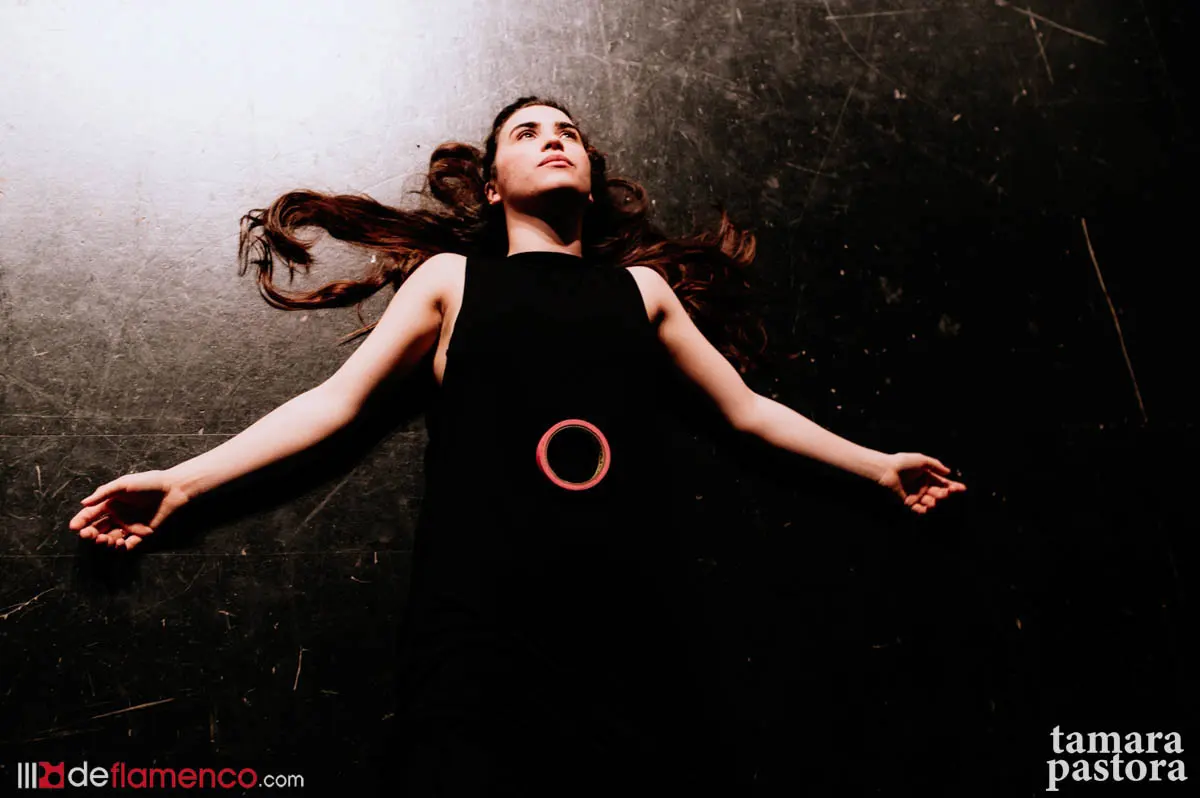



















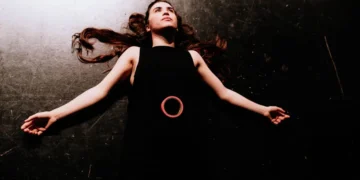
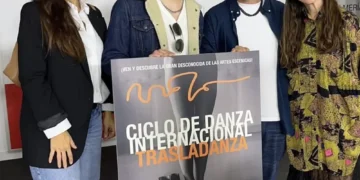
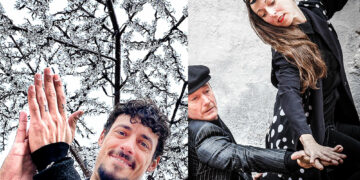


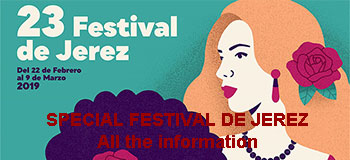
You must be logged in to post a comment.